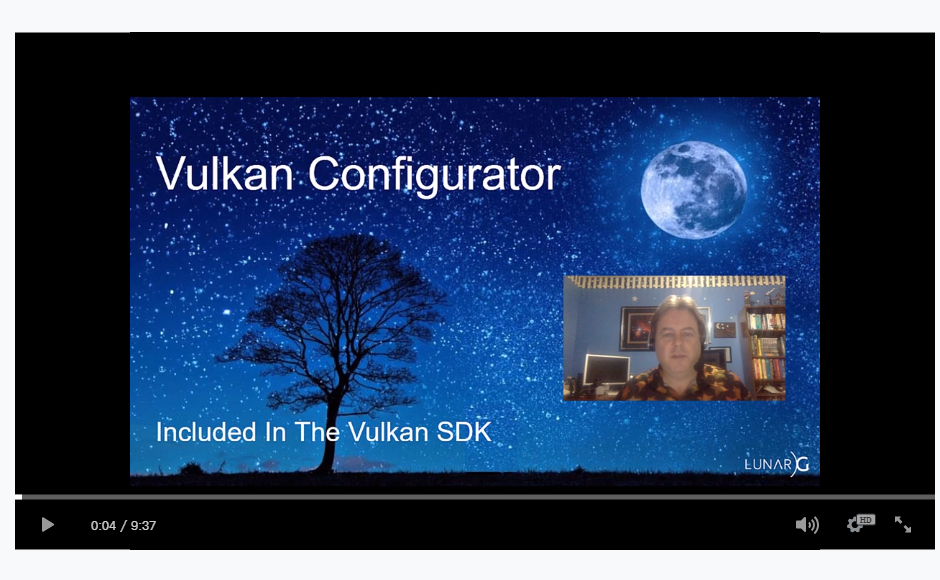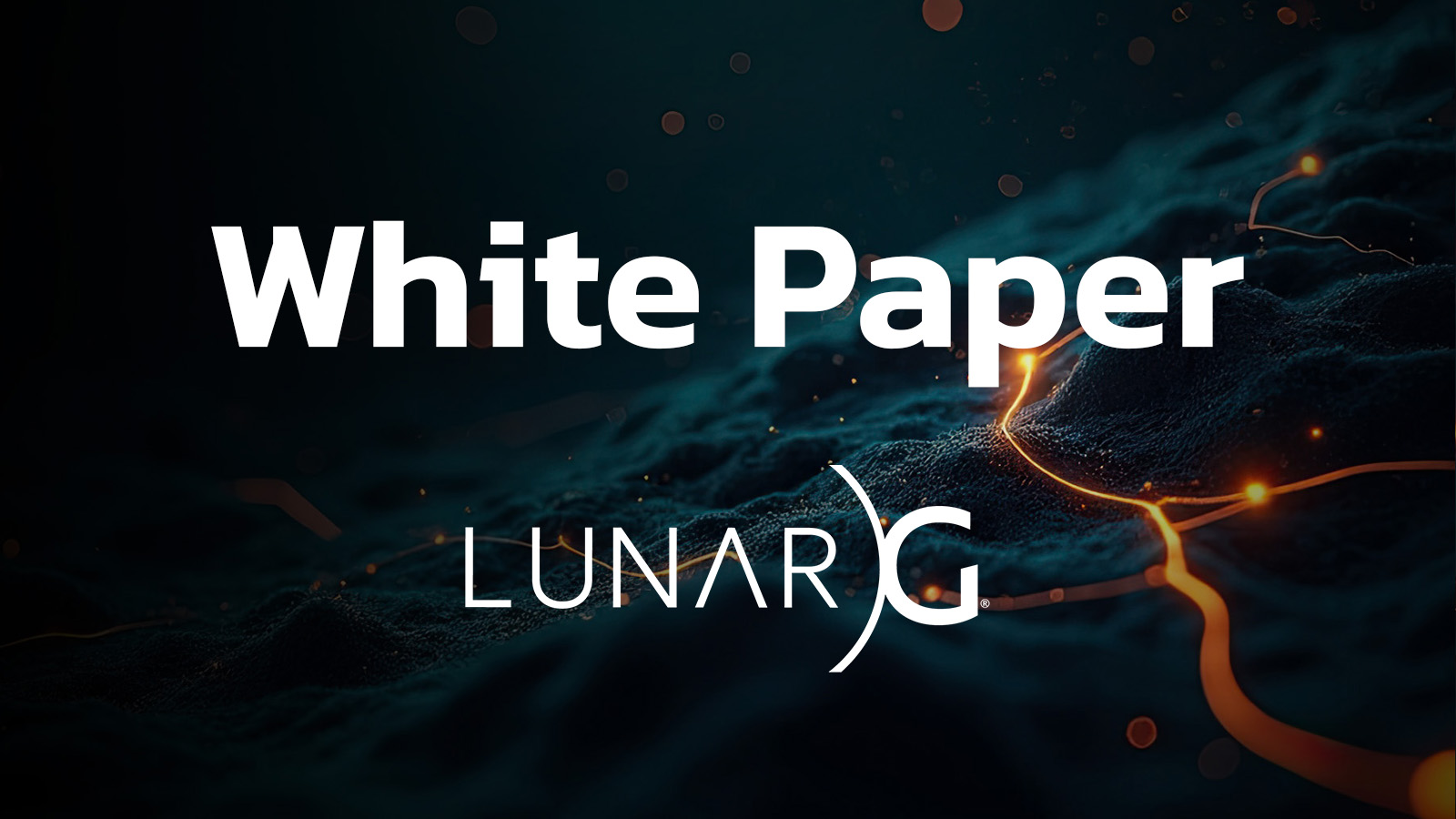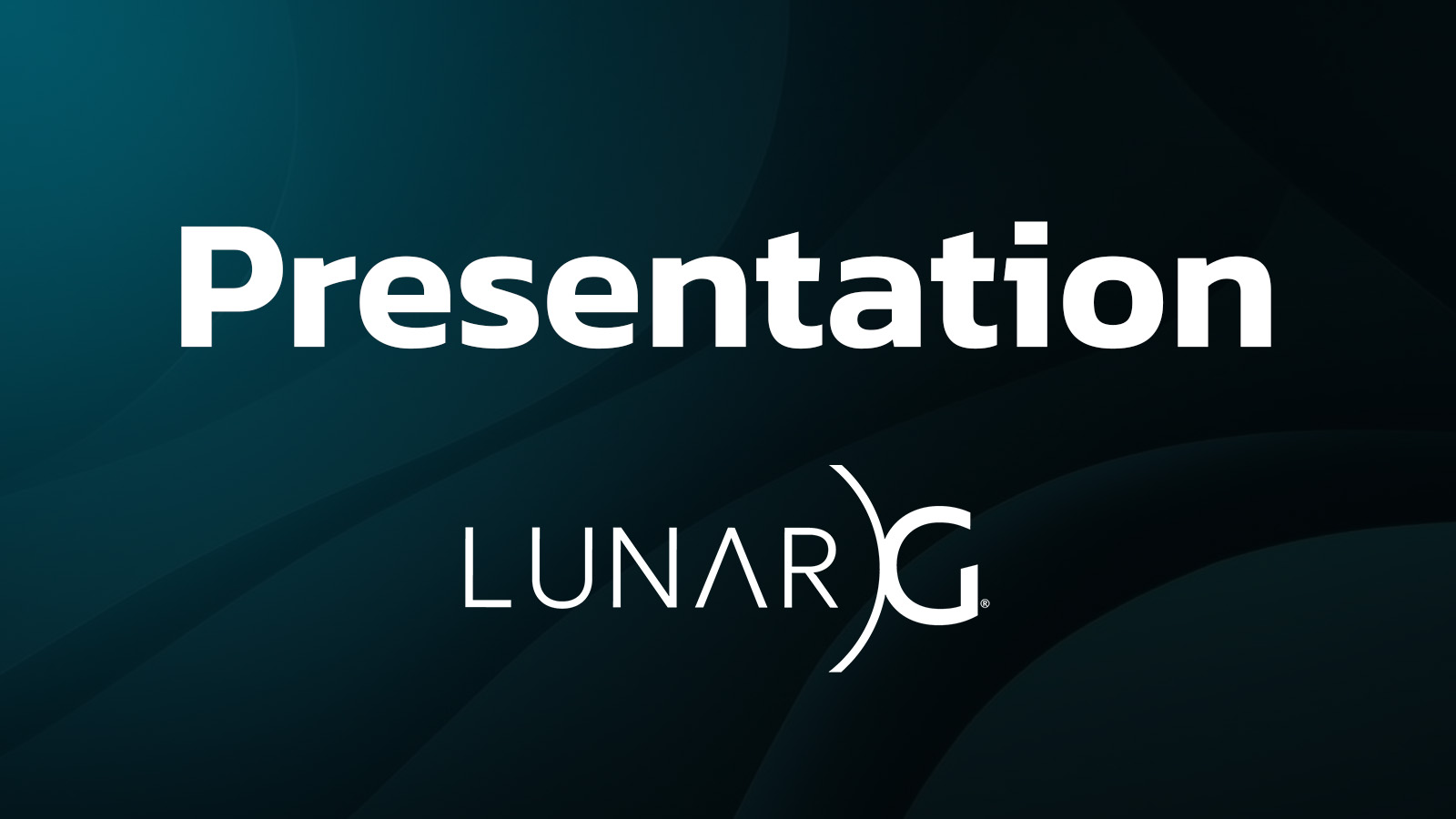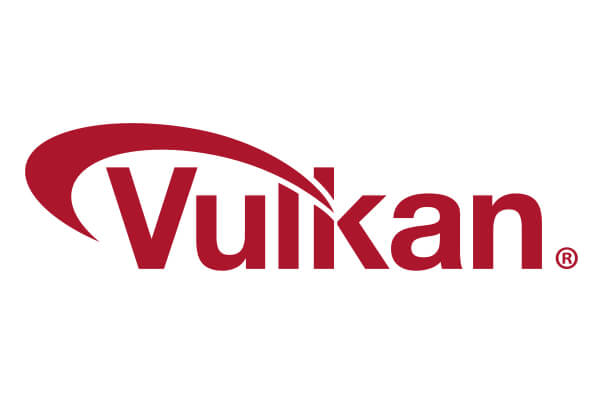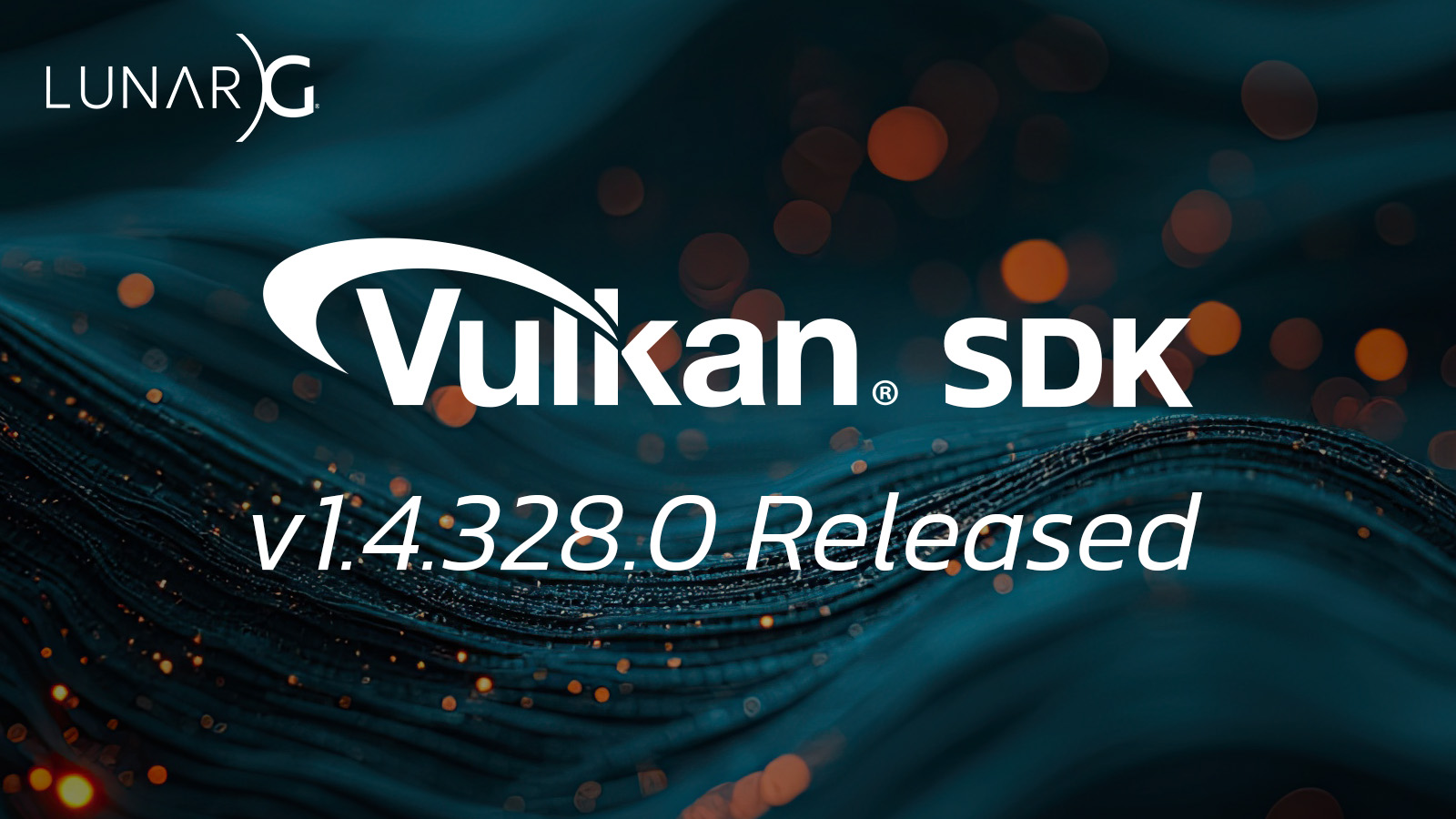LunarG has enhanced the Vulkan Configurator, also known as vkconfig! Read on for links to a LunarG white paper and a video demo that introduce enhancements to this powerful Vulkan developer tool.
LunarG Releases Enhanced Vulkan Configurator in new SDKs
LunarG has released new Windows, Linux, and macOS SDKs for Vulkan header 1.2.148.0. This SDK introduces a redesigned Vulkan Configurator, vkconfig, and Synchronization validation. DirectX Shader Compiler (DXC) is now included in the Linux and macOS SDKs (previously only included with the Windows SDK). Validation Layer support has been added for Vulkan Synchronization that supports single command buffers. This validation is exposed by the Vulkan Configurator for easy enablement. Read on for more information about the enhanced vkconfig and other new features in this SDK.
Results are Available for LunarG’s 2019 Vulkan Ecosystem Survey
Hi Vulkan API Developers! We conducted a survey of Vulkan usage and Vulkan ecosystem needs in December of 2019. Thanks to all the developers who answered our survey questions. The very constructive and informed feedback to this survey has resulted in a heightened focus from the Khronos Vulkan working group and ecosystem contributors to fix issues and provide solutions. We’re sharing a detailed summary report of the survey results. The report is available here. The survey results are best viewed on a PC or tablet.
New Automatic Relaxed Precision White Paper for SPIR-V
LunarG releases new RelaxedPrecision white paper for SPIR-V developers. This functionality is available along with the Vulkan 1.1.122.0 SDK release. Read on for more information about this new feature or read the details in the Automatic Relaxed Precision Decoration and Conversion in Spirv-opt white paper.
SIGGRAPH 2019: LunarG presents Vulkan ecosystem topics
LunarG will share three Vulkan API, ecosystem-related, Birds of a Feather (BoF) presentations at SIGGRAPH 2019. Read on for more information and access to the slide sets.
Vulkan Mesa Graphics Driver Developers: check out LunarG’s expanded regression test suite for OpenGL and Vulkan
LunarG released the OpenGL Mesa Graphics driver regression test suite in November 2017. We have now added the ability to test Vulkan Mesa Graphics drivers to this tool. The LunarG test system is a service that provides regular regression testing on Mesa releases for Intel and AMD OpenGL graphics drivers, and now also supports Vulkan. Users can also test their own Vulkan Mesa builds and can compare results to LunarG baselines, LunarG test runs, or other user test runs. The test suite is a collection of trace files created from Linux Vulkan games from Steam. These trace files are used to automate testing of rendering correctness as well as game performance. The full suite of games typically runs overnight with results posted the next day. Click here for the regression test services manual and access to the new Vulkan Mesa Graphics Driver regression test suite. Please let us know how it works for you. For more information about LunarG, Inc., go here.
LunarG’s VLF simplifies Vulkan validation layer creation
Vulkan Layer Factory simplifies Vulkan validation layer creation. LunarG creates tools to help simplify Vulkan development. The LunarG Vulkan Layer Factory (VLF), our latest offering, is a framework based on the canonical Vulkan layer model that facilitates the creation of Vulkan Layers.
Extend your Vulkan test coverage with free LunarG Device Simulation tool
Do you have a test lab with examples of all the GPUs you hope your application will support? Is your Vulkan application stress-tested to ensure it behaves correctly across the wide range of hardware available in the marketplace? If either answer is “no,” LunarG offers a free tool that could extend your test coverage and increase your peace of mind. LunarG Device Simulation Tool Overview The LunarG Device Simulation layer helps test across a wide range of hardware capabilities without requiring a physical copy of every device. It can be applied without modifying any application binaries, and in a fully-automated fashion. The Device Simulation layer (aka DevSim) is a Vulkan layer that can override the values returned by your application’s queries of the GPU. DevSim uses a JSON text configuration file to make your application see a different driver/GPU than is actually in your system. This capability is useful to verify that your application both a) properly queries the limits from Vulkan, and b) obeys those limits. LunarG announced DevSim at SIGGRAPH in the summer of 2017, and the layer library is available pre-built in the LunarG Vulkan SDK. Since that announcement, DevSim has continued to evolve, and now supports even more features. The DevSim layer works for all Vulkan platforms (Linux, Windows, and Android). It is open-source software on GitHub, and the code strives to be clear and well-documented to serve as an example for writing Vulkan layers. The role of DevSim is to “simulate” a less-capable Vulkan implementation by constraining the features and resources of a more-capable implementation. Note that the actual device in your machine should be more capable than that which you are simulating. DevSim does not add capabilities to your existing Vulkan implementation by “emulating” additional capabilities with software; e.g. DevSim cannot add geometry shader capability to an actual device that doesn’t already provide it. Also, DevSim does not “enforce” the features being simulated. For enforcement, you would continue to use the Validation Layers as usual, in conjunction with DevSim. Using DevSim DevSim supports a flexible configuration file format using JSON syntax. The configuration file format is defined by a formal JSON schema available on the Khronos website, so any configuration file may be verified to be correct using freely-available JSON validators. Browsing through the schema file, you can see the extent of parameters that are available for your configuration. As a convenience, DevSim supports loading multiple JSON files, so your configuration data can be split among separate files for modularity as desired. How DevSim Works DevSim builds its internal data tables by querying the capabilities of the underlying actual device, then applying each of the configuration files “on top of” those tables. Therefore you only need to specify the features you wish to modify from the actual device; tweaking a single feature is easy. Here’s an example of a valid configuration file for changing only the maximum permitted viewport size: { “$schema”: “https://schema.khronos.org/vulkan/devsim_1_0_0.json#”, “VkPhysicalDeviceProperties”: { “limits”: { “maxViewportDimensions”: [1024, 1024] } } } Simulating Entire Real-World Devices If you instead wish to simulate entire real-world devices, LunarG has collaborated with the Vulkan Hardware Database to make their data compatible with the DevSim schema. You can download device configurations from the website in JSON format, and use those configuration files directly with DevSim. Reporting Issues Should you have any issues or suggestions for the Device Simulation layer, please create an issue at the LunarG VulkanTools GitHub repository, with “DevSim” in the title. Additional Information Check out the links below: Khronos BOF from SIGGRAPH 2017 pp 81-83 DevSim documentation DevSim source code in LunarG VulkanTools repository on GitHub DevSim JSON schema Vulkan Hardware Database Learn More about LunarG LunarG’s software engineering experts create innovative products and services using leading-edge 3D graphics and shader compiler technologies. Click here to learn how we can help you.
